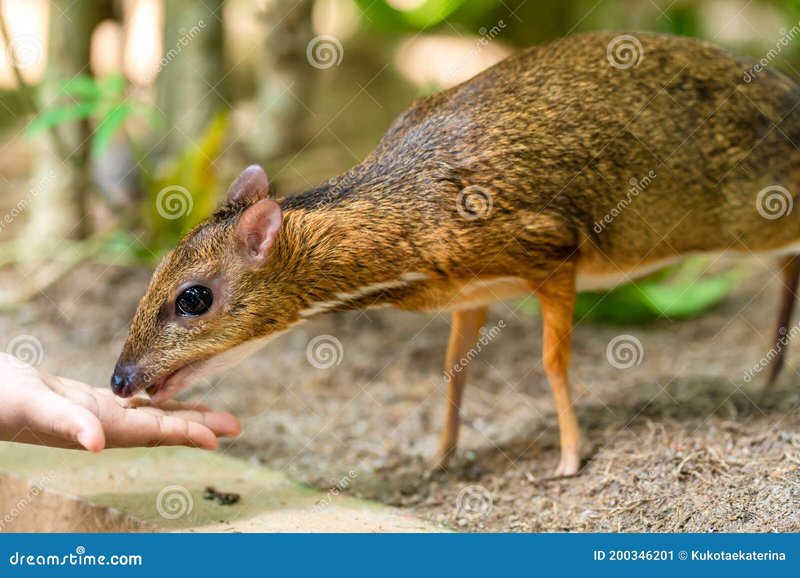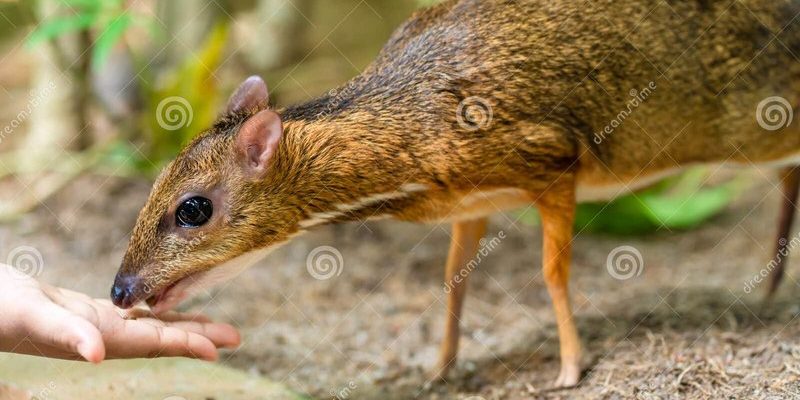
Mouse deer, part of the Tragulidae family, are small and nimble creatures found primarily in Southeast Asian forests. With their large eyes and delicate legs, they may look like they belong in a fairy tale. But they’re real, and their role in the ecosystem is crucial. You might be wondering how such a small animal can make a difference. Well, let me explain.
Understanding the Ecosystem
Before diving into the mouse deer’s role, let’s take a quick look at what an ecosystem is. An ecosystem includes all living things (plants, animals, microorganisms) and their physical environment (water, air, soil) interacting as a system. Think of it like a dance; every creature, big or small, has a part to play.
In any ecosystem, every species contributes to a balance. When one part is removed or diminished, it can throw the entire system off kilter. The mouse deer might be small, but its presence helps maintain that balance. They serve as prey for larger predators and help in plant regeneration.
You might not have thought deeply about where mouse deer fit, but they are essential for keeping the food chain intact. So, what exactly do these charming little animals do?
Food Source for Predators
One of the mouse deer’s most significant roles is being food for larger predators. In the wild, they are primarily preyed upon by animals like leopards and crocodiles. In this predator-prey relationship, mouse deer help regulate predator populations.
This balance is essential. If mouse deer are overpopulated, their predators might not be able to catch up. This could lead to overgrazing and potentially the destruction of plant life around them. Remember, it’s like a game of tug-of-war; when one side gets too strong or weak, the whole game changes.
Moreover, by keeping predator populations healthy, mouse deer indirectly support the overall biodiversity of their ecosystem. This cycle of life and death is what keeps nature running smoothly.
Seed Dispersers
Another critical role of the mouse deer is acting as a seed disperser. As these animals munch on fruits and plants, they help spread seeds throughout their habitat. Here’s how it works:
1. Consumption: Mouse deer eat berries and fruits, which contain seeds.
2. Digestion: As they digest, some seeds pass through their system unharmed.
3. Redistribution: When the deer excrete the seeds in different locations, they become new plants.
This natural process is essential for forest regeneration. By spreading seeds, mouse deer help maintain the health and diversity of plant life. A diverse plant life supports other wildlife, creating a thriving ecosystem.
You can think of mouse deer as nature’s little gardeners. By helping new plants grow, they promote a lush environment for many species.
Herbivore Influence on Vegetation
Mouse deer, like many herbivores, have a significant impact on vegetation. By grazing on shrubs and various plants, they help shape their surroundings.
This grazing prevents certain plant species from becoming too dominant. If a particular plant species overgrows, it can shade out other plants, leading to a decrease in biodiversity. Mouse deer create a diverse landscape by keeping these dominant plants in check.
In a way, they help maintain a balance between different species. It’s similar to how a well-planned garden requires a balance of plant types; too many of one kind can ruin the aesthetic and health of the garden.
Indicator Species
Mouse deer can also serve as indicator species. An indicator species is one that reflects the health of its ecosystem. Their presence or absence can signal changes in habitat quality.
For instance, a decline in mouse deer populations might indicate larger environmental issues, such as habitat loss or pollution. Conservationists pay close attention to these signals to understand how ecosystems are functioning and where intervention might be needed.
Here’s the thing: when you see healthy mouse deer populations, it often points to a thriving ecosystem. Their well-being can mirror that of the broader wildlife community.
Conservation and Environmental Health
Despite their important role, mouse deer face various threats, including habitat loss due to deforestation, hunting, and climate change. Protecting these small creatures is vital, not just for their survival but for the conservation of their ecosystems as a whole.
Efforts are being made in many areas to ensure their habitats remain intact. This includes creating wildlife corridors, protecting forest areas, and educating local communities about the importance of mouse deer in their ecosystems.
Like every piece of the puzzle, losing mouse deer could disrupt the balance of their environment, affecting countless other species.
So, the next time you think about wildlife, remember the mouse deer. This small, unassuming creature plays a monumental role in its ecosystem. From being a food source for predators to assisting in plant growth and serving as an environmental barometer, the mouse deer is a prime example of how every animal—no matter how small—matters in the intricate web of life.
By understanding and appreciating creatures like the mouse deer, we can better protect our natural world. Every action counts, and every species has its part in preserving the rich tapestry of life on Earth.

